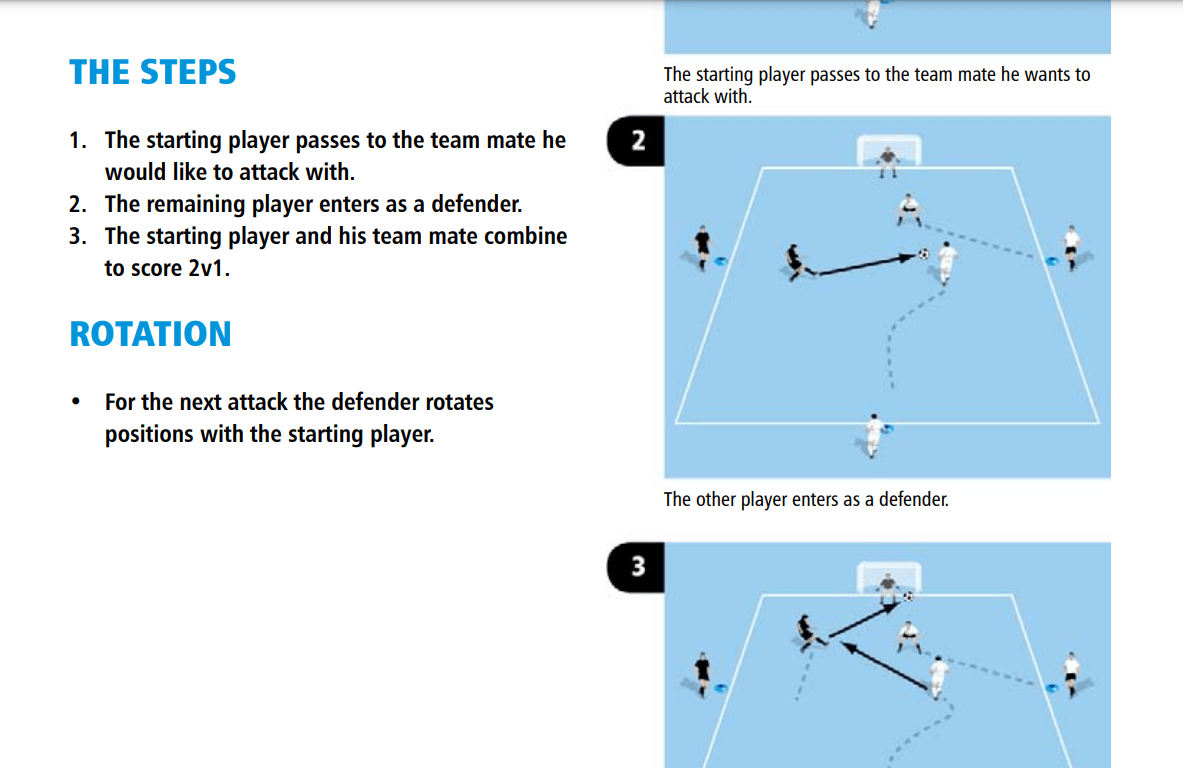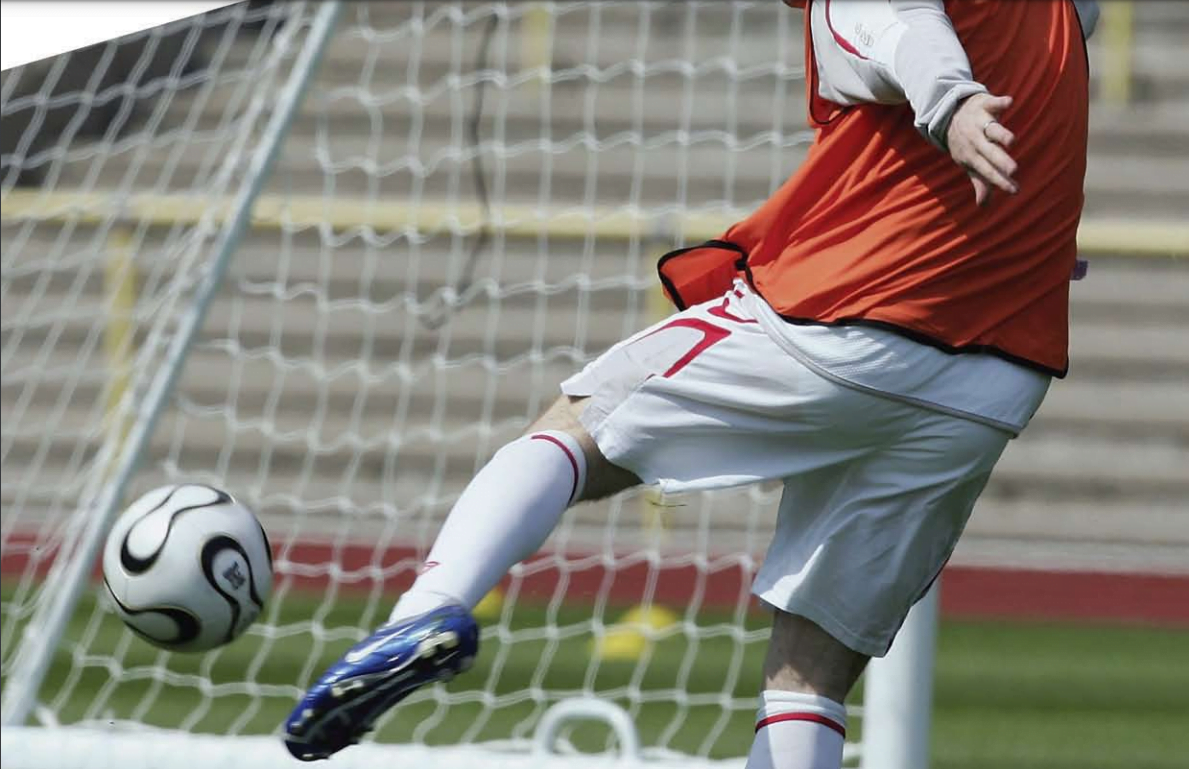Learn about the importance of shooting drills in soccer training and how they can improve a player’s ability to shoot accurately and with power. Find out what’s included in our comprehensive PDF of 80 shooting and finishing drills, and discover the benefits of using these drills to enhance skill development, goal-scoring ability, confidence building, teamwork and communication, and game realism.
Follow our tips on how to use the PDF effectively to plan training sessions, demonstrate and explain the drills, practice with purpose, provide feedback, track progress, and make it fun for your players. Start using our shooting drills to help your players become more effective goal-scorers in soccer.
Importance of Shooting Drills
Shooting drills are an essential part of soccer training as they focus on improving a player’s ability to shoot accurately and with power. Mastering the art of shooting is crucial for any soccer player looking to excel in the game. By practicing shooting drills regularly, players can develop their technique, improve their accuracy, and gain confidence in front of the goal.
What’s Included in the PDF
Our 80 Shooting and Finishing Drills PDF provides a comprehensive collection of drills designed to enhance shooting skills and goal-scoring abilities. The PDF includes a variety of drills suitable for players of all ages and skill levels. Each drill is explained in detail, with clear instructions and diagrams to ensure easy understanding and implementation.
Benefits of Using Our Soccer Shooting Drills
1. Skill Development: Our shooting drills target specific aspects of shooting technique, such as body positioning, ball control, and accuracy. Regular practice of these drills can help players refine their skills and become more proficient in front of the goal.
2. Goal-Scoring Ability: By focusing on shooting and finishing, players can improve their ability to score goals. These drills simulate game-like situations, allowing players to practice shooting under pressure and develop their decision-making skills in front of the goal.
3. Confidence Building: Consistent practice of shooting drills can boost a player’s confidence in their shooting abilities. As players see improvements in their technique and accuracy, they will feel more confident when presented with scoring opportunities during matches.
4. Teamwork and Communication: Many shooting drills involve multiple players, encouraging teamwork and communication on the field. Players learn to coordinate their movements, make accurate passes, and create scoring opportunities for their teammates.
5. Game Realism: Our shooting drills are designed to replicate real game scenarios, allowing players to practice shooting in different positions and situations. This helps players develop their spatial awareness, decision-making, and adaptability on the field.
Read more: Passing and Shooting Drill | 2 Variations
How to Use the PDF – Coaching Tips

1. Familiarize Yourself: Start by reading through the PDF to understand the various shooting drills included. Take note of the equipment needed, the setup instructions, and any specific guidelines for each drill.
2. Plan Your Sessions: Create a training schedule that incorporates the shooting drills from the PDF. Consider the age, skill level, and goals of your players when selecting which drills to include in each session.
3. Demonstrate and Explain: Before starting each drill, demonstrate the proper technique and explain the objectives to your players. Use visual aids, such as diagrams or videos, to help them understand the drill better.
4. Practice with Purpose: Encourage your players to focus on specific aspects of their shooting technique during each drill. Emphasize the importance of accuracy, power, and proper body positioning.
5. Provide Feedback: Observe your players’ performance during the drills and provide constructive feedback. Highlight areas for improvement and offer guidance on how to enhance their shooting skills.
6. Progression and Variation: As your players become more proficient, gradually increase the difficulty level of the drills. Introduce variations to challenge their decision-making and adaptability in different game situations.
7. Track Progress: Keep a record of your players’ progress by monitoring their shooting accuracy and goal-scoring statistics. Celebrate their achievements and encourage them to continue working on their skills.
8. Make it Fun: Incorporate friendly competitions and small-sided games into your shooting drills to make them more enjoyable for your players. A fun and engaging training environment will motivate them to work harder and improve their shooting abilities.
By utilizing these drills, you can provide your players with the necessary tools to enhance their shooting skills and become more effective goal-scorers. Remember, consistent practice and dedication are key to mastering the art of shooting in soccer.
Setup – How to practice attacking drills in soccer?

Area
You may not be able to exactly recreate the suggested area for any number of reasons. The size is by no means an absolute but should not be deviated from too excessively. As a general rule 10 yards is equal to 7 strides. You can use this simple equivalent to mark out the area you need; 20 yards = 14 strides, 30 yards = 21 strides etc.
Players
Each drill in this book shows a recommended number of players needed to run that particular drill. The drills can, on the whole, be easily expanded and many assume that you will have a queue of players that keep the drill ticking over while your players collect errant shots and make their way back to the starting point.
Equipment
One of the beauties of the game is that it can be played almost anywhere with a reasonably flat surface. If you do not have some of the equipment listed in the Setup section, you can, of course, substitute equipment you do have. Training tops become cones, corner flags become goalposts, parents and coaches become mannequins.
The Steps
The steps required to run each drill have been broken down into 3 sections, each relating to a numbered illustration showing what movements should be made within each step. In section 3 (Small-Sided Games) some of the games are continuous so the steps shown here are in fact the initial rules and apply throughout the duration of the game.
Rotation
Some of the drills in this book operate on a more obvious rotation than others. A player takes his shot and then rejoins the back of the queue for example. Others require players to move from one station to the next taking on the role of attacker, defender or server. Others, such as the small-sided games in section 3, operate continuously for a set period of time.
Read More: 51 Shooting Drills | Finishing Exercises and Games PDF
Table of Content | 80 Shooting & Finishing Drills PDF

SECTION 1 – Unopposed build up and
combination play
SECTION 2 – Opposed Drills
SECTION 3 – Small-Sided Games
Tips
I hope the Shooting and Finishing Drills in this book have helped you to take your players and team to a higher level. As coaches of the next generation of players, fans, coaches and officials we have big responsibility and effect on the future of the game.
Let me share a key insight with you: “The game of football is unpredictable and although two things can often be similar they are never the same. Therefore, as coaches, our training sessions must not always be predictable. If they are, then our players will not function effectively in matches as they will be programmed to both play and react to predictable movements.
Therefore, repetitive training of techniques and skills is good to a point, but players must be given choice and variation on actions, movements and starting positions. We must recreate the game in our training.” I would like to thank you personally for reading this book ‘ Shooting and Finishing Drills’ and I welcome your feedback and questions personally to me at icoachfootball.pro.
